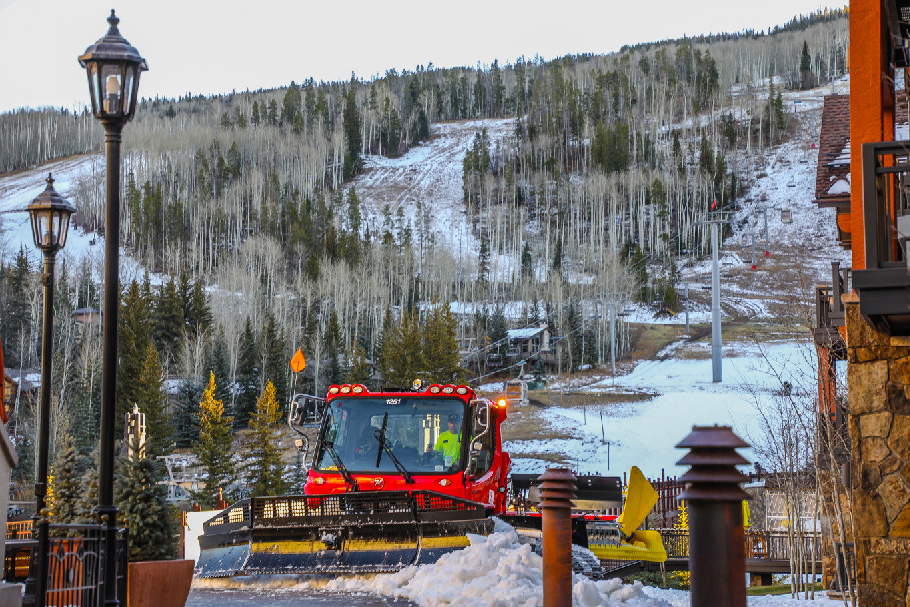
Although one may say that humans cannot control Mother Nature, Vail Ski Resort in Colorado may have come as close as you get for the past forty years. For the first time in 44 years, Vail has stopped providing funds to cloud seeding programs in the area, which could significantly affect skiers and riders alike. Due to additional covid-19 expenditures, Vail does not have the additional $300,000 a year it usually spends on cloud seeding.
What is Cloud Seeding?
According to Encyclopedia Britannica, cloud seeding is “deliberate introduction into clouds of various substances that act as condensation nuclei or ice nuclei in an attempt to induce precipitation.” This has been a practice for ski resorts for decades now and water management boards throughout the United States, in an attempt to increase snowfall and snowpack totals. Only recently has there been concrete evidence to support its effectiveness. In 2018, a report published in the Proceedings of the National Academy of Sciences of the United States of America titled Precipitation formation from orographic cloud seeding was one of the first studies to use modern technology to prove cloud seeding’s effectiveness. However, scientists are still hesitant to explain how effective it is due to so much still being unknown about it. Some estimates put cloud seeding’s effectiveness at up to an additional 15% precipitation totals. If this is the case, cloud seeding is no joke. It should be something skiers should pay attention to in the coming years as technology and knowledge around the technique improve while snowfall averages in some areas decline.
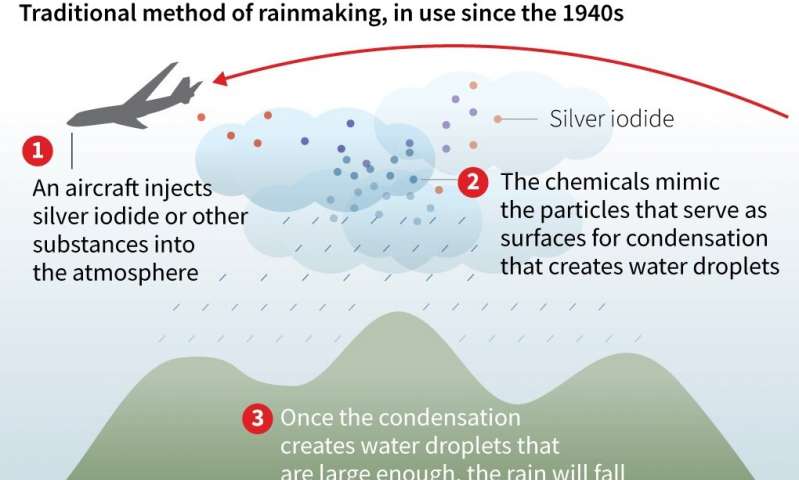
How much could this reduce snow totals by?
In Vail’s case, the resort gives around $300,000 worth of funding to various organizations in the area that practice cloud seeding in which silver iodide particles are injected into the atmosphere and used as the nuclei to form ice crystals. According to Vail’s website, the resort averages 354” (899cm) of snow a year. If cloud seeding adds up to an additional 15% of snowfall to an area, that means that Vail could see up to a 53” (135cm) decrease in snowfall this season without cloud seeding.
With an already tough start to the season for Colorado, the lack of cloud seeding will only worsen Vail’s ability to build an early season snowpack, hindering their ability to get an early start to building a base that will last the entire season. It will be interesting to see how Vail’s snowfall total fairs this season, but like always, we hope Mother Nature will provide bounties without us having to interfere.
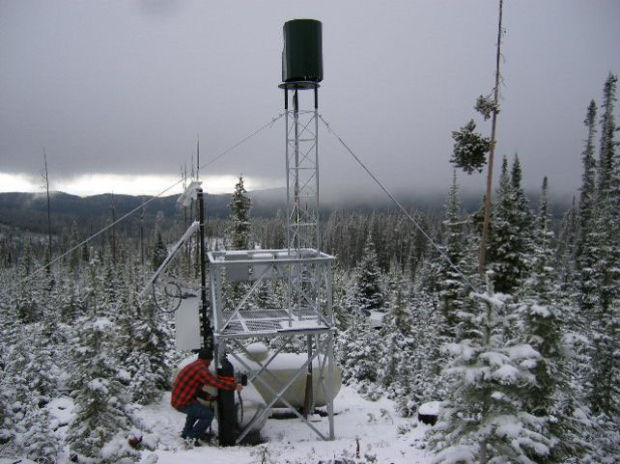

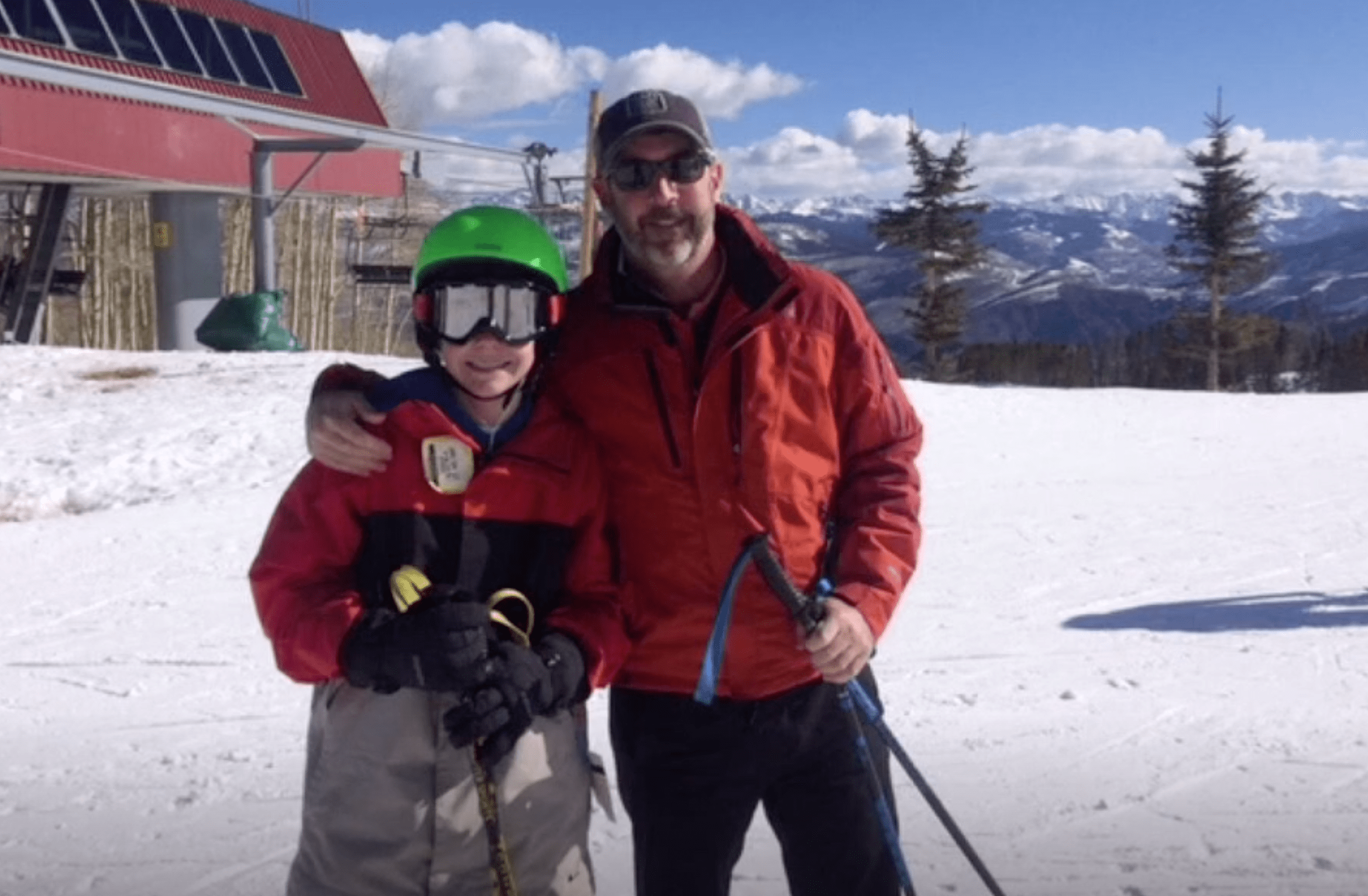
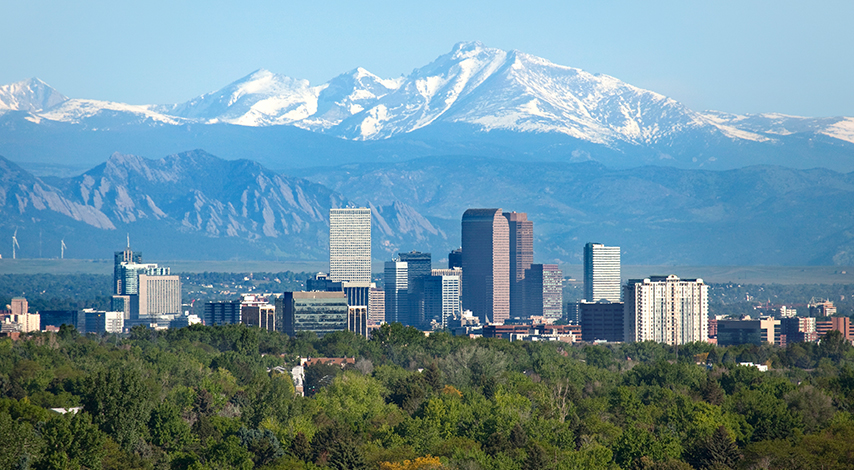
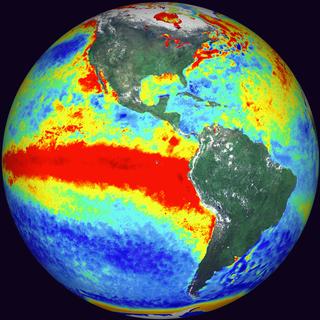
Cloud seeding sounds terrible for the environment. Good that it’s not happening.
Good thing someone looked in to that! “…there have been several detailed ecological studies that showed negligible environmental and health impacts.[16][17][18]” https://en.wikipedia.org/wiki/Cloud_seeding#cite_note-16